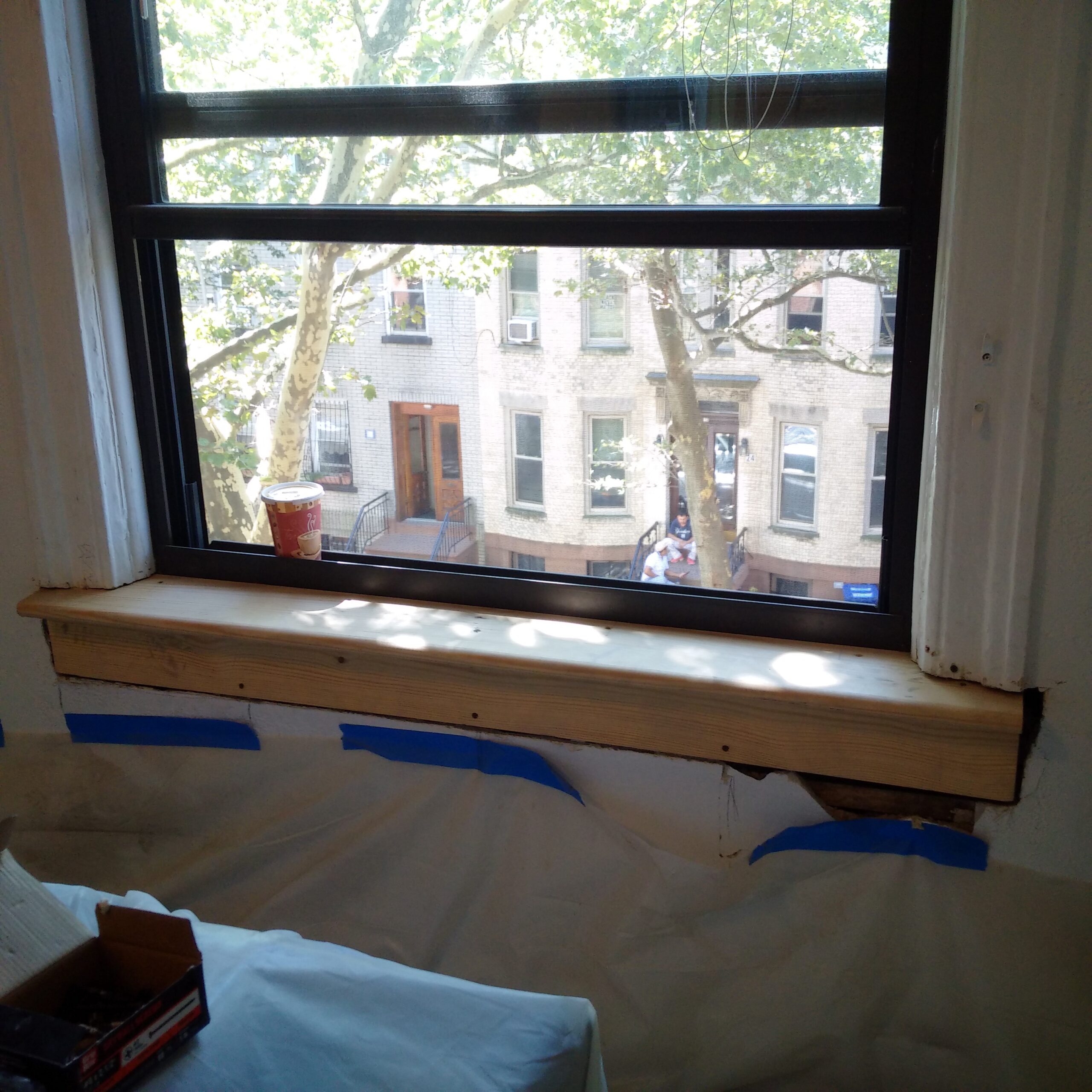Step-by-Step Refine for Successful Lead Violation Removal
Following this, adherence to federal and state policies is paramount to creating an efficient removal strategy. The real removal requires competent employees to carry out these strategies while purely complying with security protocols. What occurs after the remediation is completed?

Detection and Analysis
Detection and assessment are vital actions in the removal of lead infractions. To make sure a reliable remediation process, it is crucial to carry out a thorough examination of the environment where potential lead direct exposure exists.
This includes evaluating the degree and seriousness of contamination, as well as determining populations at risk, especially kids and expectant women. The gathered information ought to be diligently documented to support the development of a reliable removal technique.
In addition, it is critical to prioritize locations with the highest degree of contamination and those that posture the biggest health and wellness threats. Efficient communication with stakeholders, including home owners, homeowners, and public wellness authorities, is important for making sure that all parties are notified about the searchings for and the subsequent steps required for remediation. This initial detection and evaluation stage lays the foundation for an effective lead violation removal process.

Lawful and Governing Compliance
Browsing the landscape of legal and governing conformity is a crucial facet of successful lead violation removal. Conformity guarantees not just the safety and security of damaged populaces yet additionally the credibility and lawful standing of the organization responsible for removal. Rules governing lead contamination are complex, including federal, state, and neighborhood laws. At the federal degree, the Environmental Defense Company (EPA) establishes stringent standards under the Toxic Compounds Control Act (TSCA) and the Lead-Based Paint Improvement, Repair Work, and Paint Guideline (RRP Policy)
This involves precise documentation of all removal activities to demonstrate conformity. Failing to adhere to these policies can result in severe penalties, consisting of large fines, legal activity, and reputational damage.
Engaging lawful professionals focused on environmental regulation can assist in navigating these intricacies. Routine training and accreditation for all personnel associated with the remediation process are also obligatory to ensure adherence to safety and security and regulative standards. By focusing on legal and governing compliance, companies can successfully mitigate threats and accomplish an effective remediation end result.
Planning the Removal
Successfully planning the removal of lead violations starts with an extensive analysis of the polluted website. This preliminary evaluation should consist of a detailed site examination to identify the level and concentration of lead contamination. Comprehensive sampling and research laboratory analysis are vital to create a precise contamination account. This data-driven approach makes sure that removal efforts are properly targeted and navigate here reliable.
When the contamination is mapped, a danger analysis should be conducted to assess possible health threats to human beings and the atmosphere. Lead Violation Removal in NYC. This analysis should consider elements such as direct exposure paths, populace susceptability, and eco-friendly influences. The insights gathered will form the basis for selecting a suitable remediation technique
Consequently, setting clear, attainable goals for the remediation job is critical. These purposes need to straighten with governing criteria and stakeholder assumptions to make certain conformity and area approval. Establishing an in-depth remediation plan that describes methods, timelines, and resource allocation will certainly promote an organized technique to the clean-up process.
Moreover, it is essential to involve with stakeholders early and keep transparent communication throughout the preparation stage. This includes informing neighborhood areas, acquiring required permits, and collaborating with regulative companies to ensure all lawful and procedural requirements are fulfilled. A well-crafted remediation strategy not only addresses the contamination properly however likewise constructs depend on and collaboration among all events involved.
Executing the Removal
With a well-structured remediation strategy in place, the emphasis shifts to the real execution of the removal activities. This stage involves setting in motion the required sources, including experienced employees, specialized tools, and premium products. Begin by clearly marking roles and duties to guarantee liability and seamless control amongst staff member.
The first action in execution is to protect the website. This includes establishing control areas to stop lead dirt and debris from spreading, along with employing air filtering systems to keep air quality. Next, wage the removal wikipedia reference of lead-based materials. Use approaches such as wet scraping, chemical stripping, or encapsulation, depending on the seriousness and area of the contamination. It is vital to abide by safety and security protocols, including making use of individual safety tools (PPE) and proper disposal of dangerous products.
Throughout the remediation process, conduct periodic evaluations and air high quality keeping an eye on to guarantee compliance with regulatory standards. Effective interaction with stakeholders, consisting of home owners and passengers, is vital to maintain them notified of development and any unexpected developments. By meticulously adhering to these actions, the removal activities can be performed efficiently and effectively, inevitably mitigating lead threats.
Post-Remediation Approaches
Post-remediation methods play an important function in ensuring the long-term success of lead offense remediation efforts. These approaches incorporate continuous monitoring, upkeep, and neighborhood education to protect against future lead direct exposure and make certain a safe setting.
First, regular monitoring is important. This includes routine testing of the formerly impacted locations to make sure that lead levels continue to be within risk-free limits. Property proprietors ought to develop a routine for these examinations, ideally in cooperation with licensed ecological experts.

Third, enlightening the neighborhood plays a crucial function in maintaining the benefits of removal. Locals and residential or commercial property supervisors should be informed concerning the risks of lead direct exposure and the best methods for maintaining a lead-safe environment. Workshops, informational handouts, and area meetings can be reliable tools for official site distributing this details.
Conclusion
Effective lead offense remediation needs a comprehensive, methodical strategy encompassing detection and analysis of contamination, adherence to lawful and regulatory requirements, thorough planning, and effective implementation of removal initiatives. Post-remediation techniques, including continual surveillance and community education, are crucial to sustain a lead-safe environment. Partnership with ecological specialists ensures continuous compliance and security of public wellness. This systematic procedure highlights the value of thoroughness and caution in resolving and minimizing lead contamination.